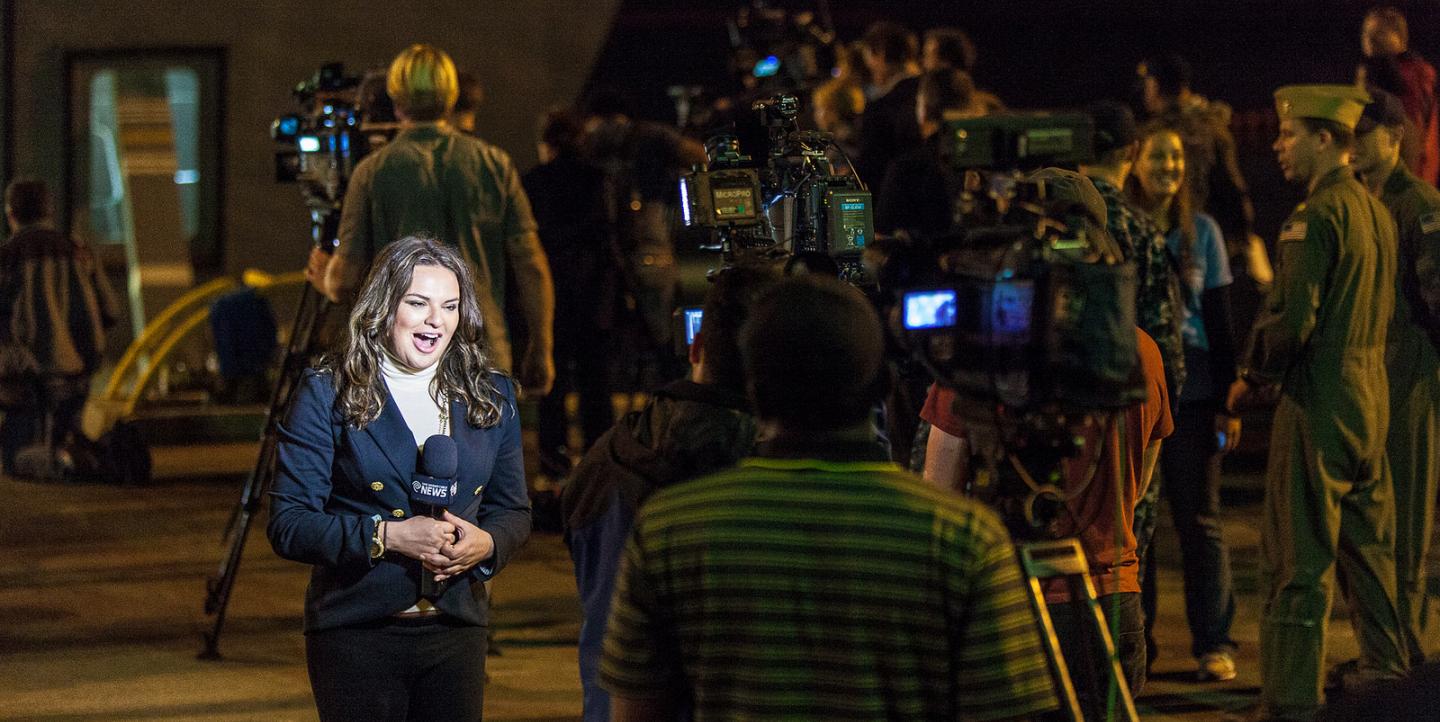How to snag the journalism job you want, Russia’s press freedom climate and more in this week's Digital Media Mash Up, produced by the Center for International Media Assistance.
Want to get a journalism job? Here are the skills you need, according to a new report
Many journalism job listings read as if they were meant for superhuman uber-reporters. What do employers want? Not much, just someone who can send tweets, post to Facebook, shoot video, code interactive features, take photos and write stories.
And, by the way, hope you've got at least five years of experience. (Poynter, 4/25)
For journalists in Russia, 'no one really knows what is allowed'
An independent Russian newspaper has come under fire after it published stories about the business interests of President Vladimir Putin's family and friends.
The Kremlin insists that it's not applying pressure on any media, but observers say there's a climate where journalists don't know how far they can go without risking reprisals from the government. (NPR, 4/26)
Facebook’s latest algorithm tweak could be good news for serious journalism
Ever hear anyone complain that their Facebook feed is too cluttered with in-depth, nuanced stories that take time to read and digest?
Neither has Facebook, apparently.
On Thursday, the company announced a tweak to its news feed algorithm that could give serious journalism and other compelling content a more prominent place on the world’s most influential news platform. Specifically, the algorithm will now predict how long you’re likely to spend reading a given article once you’ve clicked on it, and take that into account in its rankings. The move is part of a long-term push by Facebook to prioritize what it deems “quality content” over catchy headlines and cheap clickbait. (Slate, 4/21)
Drones can photograph almost anything. But should they?
Cyclone Pam tore through Vanuatu in the South Pacific in March 2015, destroying or damaging 17,000 buildings and displacing 65,000 people from their homes. Shortly after the storm, humanitarian first responders and journalists began flying drones over the affected area to document the devastation.
Drones have become an increasingly important tool for quick, comprehensive damage assessment after natural disasters, but such footage can be invasive. As Matt Waite, who runs the Drone Journalism Lab at the University of Nebraska, points out, “a lot of these houses had their roofs ripped off but the walls still intact.” In video NBC news shot after the storm, you can clearly see inside. “What if newlyweds decided to do what newlyweds do at that particular moment you happen to be flying along?” Waite asks. (Columbia Journalism Review, 4/21)
CIMA offers the Mash Up free via email. Sign up here.
Main image CC-licensed by Flickr via Kevin Baird.


